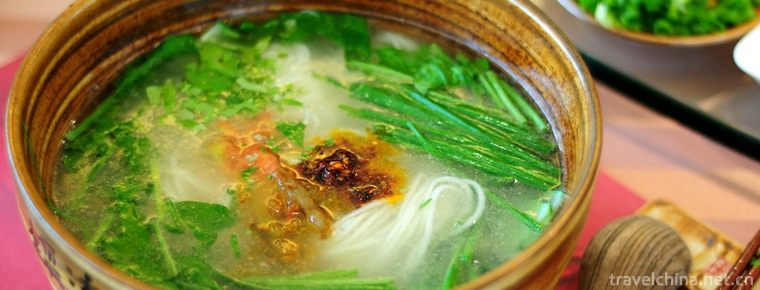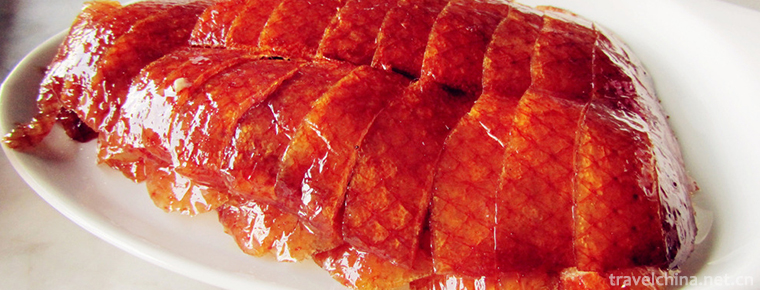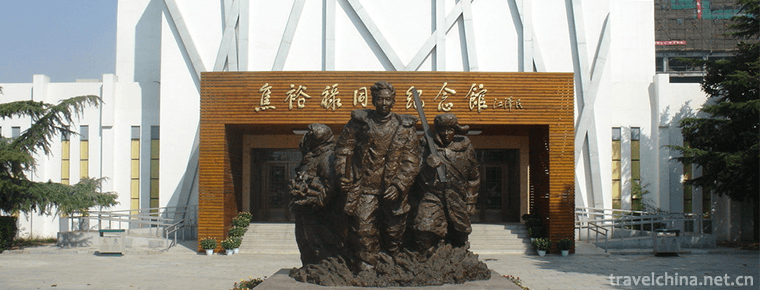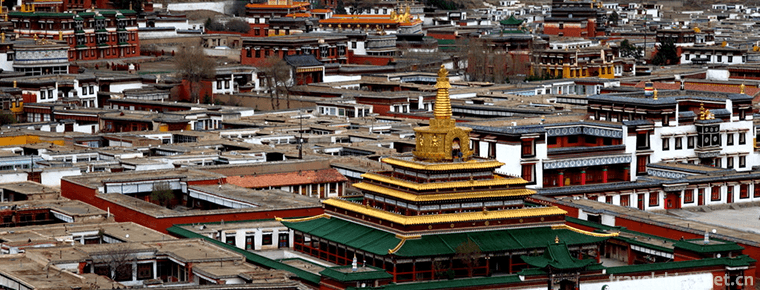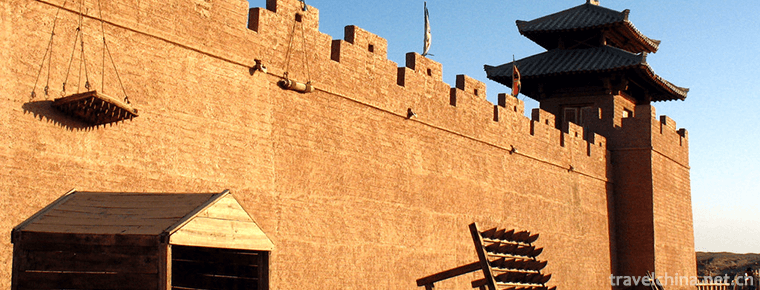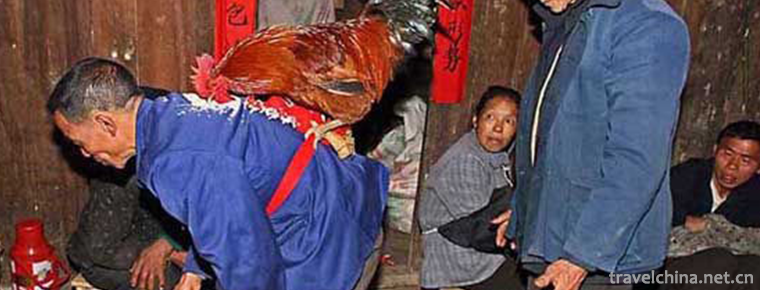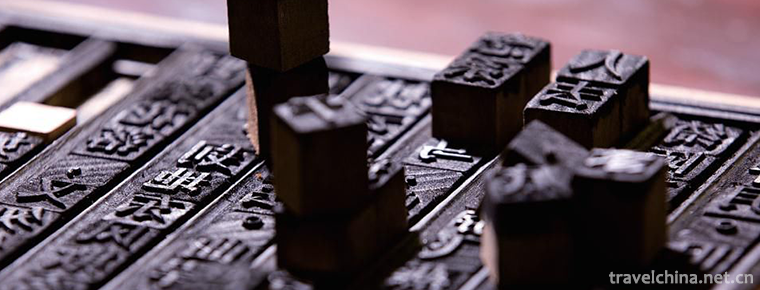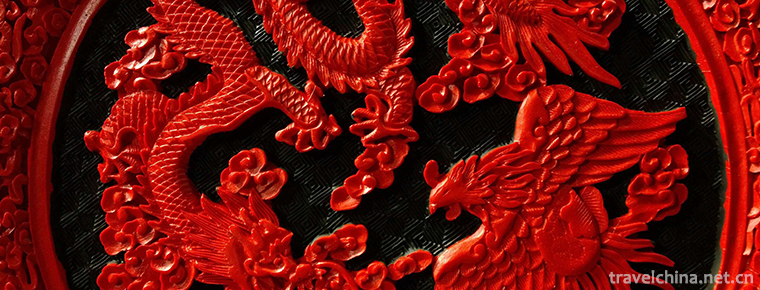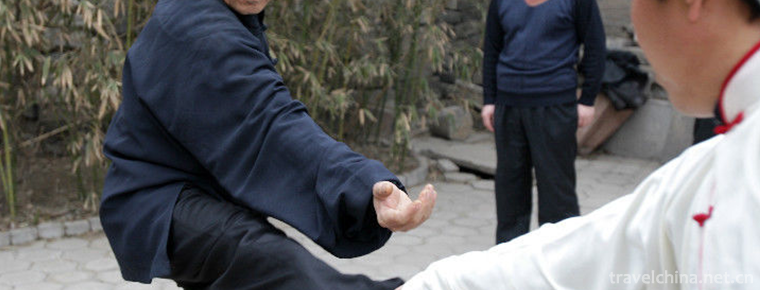Five major tunes in southern Shandong
Five major tunes in southern Shandong
The five major tunes in southern Shandong, also known as Tan Ma Diao and Tan Ma Diao, are traditional folk song suites that are active in Tancheng County, Linyi City, Shandong Province, with Tan Town and Ma Tou Town as the center, and have lasting rhymes throughout the southeastern Shandong Province.
The five major tunes in southern Shandong are named for their concentrated popularity in Tancheng and Matou areas. The five major tunes include "Huai Diao", "Da Diao", "Lingling Diao", "Man Jiang Hong" and "Grand Parasitic Grass". A total of 130 copies have been preserved.
In 2008, the five major transfers from southern Shandong Province were selected into the second batch of national intangible cultural heritage list.
historical origin
The five major tunes of southern Shandong (Tan Ma five tunes) are mainly popular in Tancheng Town and Matou Town of Tancheng County, especially in Peace Street and Victory Street of Matou Town. Tanma five major, a traditional folk music, has a long history. Some of the melodies, such as Manjiang Red, Huai Diao and Grand Parasitic Grass, existed in the 13th to 17th centuries (Yuan and Ming dynasties), but there are different opinions about their origins. Some people think it came from Yunnan, Guizhou and other places in the Ming Dynasty. Others say it came from Yangzhou and Guanxian of Jiangsu Province in the 17th to 19th century (Ming and Qing Dynasties). From the analysis of its theme, melody and singing form, it is very similar to Yangzhou Qingqu which was popular in Yangzhou area in Qing Dynasty. Therefore, some experts believe that the five major tunes are more likely to be introduced from Jiangsu.
According to textual research, the main way for the five major tunes of southern Shandong (five major tunes of Tanma) to be introduced into Tancheng is water transportation and commercial activities. Matou Town of Tancheng County is located on the Bank of Yihe River. It was a major commercial town in the 17th and 19th centuries (Ming and Qing Dynasties). There were many businessmen and shops. It was closely related to business and trade in Jiangsu and Zhejiang. According to experts'inference, it is many businessmen who bring the traditional folk songs of the Jiangsu and Zhejiang generations to Matou Town, and combine them with the local customs and culture to form the unique five tunes of Tanma. As soon as the five major tunes of Tanma were introduced, a large number of young people sought after them. They learned to sing and sing five major tunes one after another, and spontaneously set up play clubs, music clubs and concert clubs. Local businessmen and gentlemen also liked the five major tunes. They thought that the five major tunes were more elegant, and invited Tanma tuners to perform at churches and various celebrations. Some local scholars and scholars were even right about them. Five major tunes are of great concern. Many people have filled in new lyrics for five major tunes. These lyrics reflect local customs, people's lives and social reality at that time. In this way, the five major tunes of Tanma developed and flourished in the area of Matou Town.
Forms of expression
The five major tunes of southern Shandong (Tanma) are composed of sitting and group singing. Sitting singing is popular in Tancheng and other places. One or two singers play with three strings as the main accompaniment. Other instruments such as Erhu and Liuqin can be added or subtracted. They sit around the table with the accompanist. Their singing form is similar to that of general music. The number of hours of group singing varies from a dozen to a dozen. People gather together or line up in two rows. Some singers hold musical instruments and accompany them while singing. Some play, some play and some play. Tanma five major accompaniment instruments are mainly flute, flute, Sheng, four hu, three strings, pipa, Yueqin and so on. Sometimes the rise will also knock on wine cups, dishes, bowls and so on, not only the voice is clear and beautiful, but also the posture is beautiful, the form is lively, unique, quite have the meaning of self-entertainment after tea and dinner, most of the singers are fishermen and farmers. Tanma's five major themes have a wide range of content, reflecting the general social life, historical legends and folk stories, but the most prominent is the performance of parting grievances, Silang Panfu, its song dictionary elegant, delicate description, elegant rhetoric.
main features
The style and content of the five major tunes are diversified, reflecting the social form, local customs and historical allusions at that time from various perspectives. It is a very ancient form of traditional folk song singing. Its rhythm is flat and slow, lyrics are elegant and meaningful. It eulogizes the natural scenery and friendship in the form of narration. It is widely welcomed by people and is praised by local people as "the elegant song of our common people". Although the five major tunes of Tanma are widely favored by people, and many people hum when they buy vegetables and do farm work, they are different from ordinary folk songs. The tunes are very elegant. They are not used to hum casually. It is better to sit down and sing earnestly in the living room. When singing, the song is gentle, winding, ups and downs, so that the listener will soon be intoxicated in the beautiful melody.
Art inheritance
In 1949, after the founding of the People's Republic of China, the relevant departments of Shandong Province sent experts to Tancheng Town and Matou Town for many times to collect and sort out the five major tunes of southern Shandong (Tanma Five Tunes). There are 180 Tanma five major tunes preserved, and the published works are Tingdu Yuqiao, Meet with Love, Grand View Garden, etc. At most, there are more than 190 tracks in Tanma five major. These tracks are different in each capital. There are still many tracks to be excavated and sorted out. In addition, the construction of inheritance team needs to be further strengthened. For example, there were many professional and amateur singing groups in Matou Town, with more than 200 backbones of singing and accompaniment, and there are many hobbyists who can sing five major tunes. But by the beginning of the 21st century, only eight people were still alive, the youngest being 65 years old and the oldest being over 80 years old. Young people don't even know what the five major of Tanma is. The five major of Tanma has fallen into the situation of no one to follow.
Non heritage information
Heritage grade: Second batch of national intangible cultural heritage approval serial number: 602
Item No. II-103
Project name: five major tunes in southern Shandong
Applicants: Tancheng County and Rizhao City, Shandong Province
Heritage category: folk music
Approval No. 19, Guofa
Approval date: 7 June 2008.
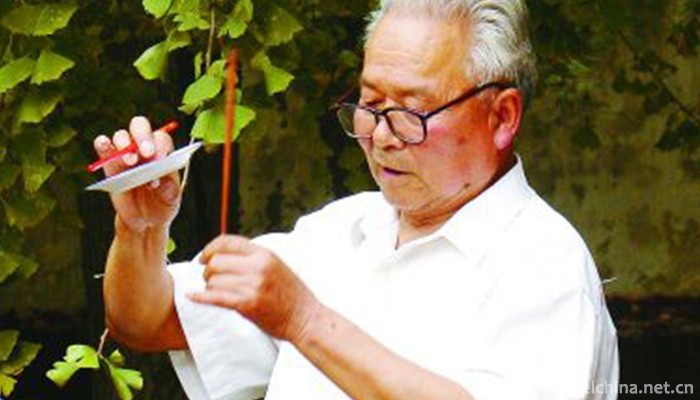
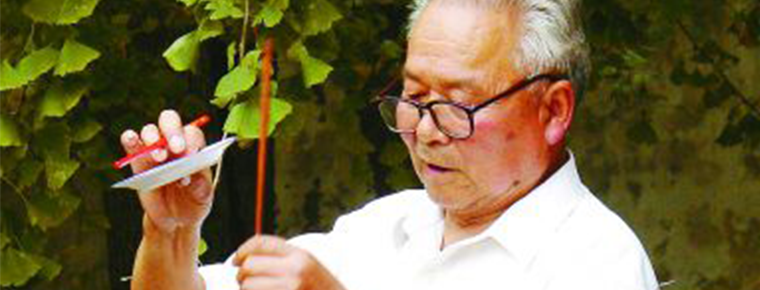
Five major tunes in southern Shandong
-
waterless rice noodle
Bait silk is one of the special snacks in Yunnan. It is mainly made from rice
Views: 156 Time 2018-10-17 -
Cantonese crispy fried pork
Crispy fried pork is a traditional dish with color, aroma and taste. It belongs to Guangdong cuisine department. This dish is one of the classic Cantonese cured wax
Views: 224 Time 2018-11-02 -
Chaoyang Park Beijing Sun Park
Chaoyang Park in Beijing is a comprehensive and multi-functional cultural recreation and entertainment park with gardening as the main part. It is the largest city park within the Fourth Ring Road in
Views: 138 Time 2019-01-05 -
Jiao Yulu Memorial Park
Jiao Yulu Memorial Park (formerly Jiao Yulu Martyrs Cemetery) was built in February 1966. It is located on the old embankment of the Yellow River in the north of Lankao County, Kaifeng City
Views: 176 Time 2019-01-22 -
La blun Temple
Labrang Temple is one of the six main monasteries of the Gelug Sect of Tibetan Buddhism. In 1982, Labrang Temple was listed as one of the key cultural relics protection units in China
Views: 179 Time 2019-01-29 -
Yumen Pass Yumenguan
Yumenguan was named after Emperor Wudi of Han Dynasty when he opened the Western Regions Road and set up four counties in Hexi. The Han Dynasty was a gateway to all parts of the Western Regions.
Views: 622 Time 2019-03-06 -
Korean Traditional Wedding
The traditional wedding ceremony of the Korean nationality in China is formed by the continuous integration and development of the Korean ancestors with the Han nationality and other minority
Views: 186 Time 2019-04-16 -
Old soup essence formula
The formulation of Royal Food Old Tangjing includes the formulation and production technology of Old Tangjing, which is a valuable cultural treasure in the history of condiment development in China. T
Views: 152 Time 2019-05-11 -
Maonan Fat Cover
"Fat set" is the general name of Maonan people's vow-making activities. It prevailed in the Ming and Qing Dynasties. At the beginning, Maonan people used Nuo rituals to sacrifice the heavens
Views: 108 Time 2019-05-27 -
Wood movable type printing technology
Dongyuan Village is located in the southwest of Ruian City, Zhejiang Province. According to the local "Wang's genealogy of Taiyuan County", in the early Yuan Dynasty, Wang Famao, a hermit in
Views: 141 Time 2019-06-06 -
Yangzhou lacquerware decoration skills
Yangzhou lacquerware painting process is cumbersome, the step is "batch putty scrape gray, brush paint and push light". During the Warring States Period, Yangzhou lacquerware decoration tech
Views: 239 Time 2019-07-10 -
Elbow pounding
This is a rather mysterious school, which originated from a famous family in Linqing, and is closely related to the chivalrous spirit inherent in the Chinese people; it is a fierce school, but it has
Views: 433 Time 2019-08-10
